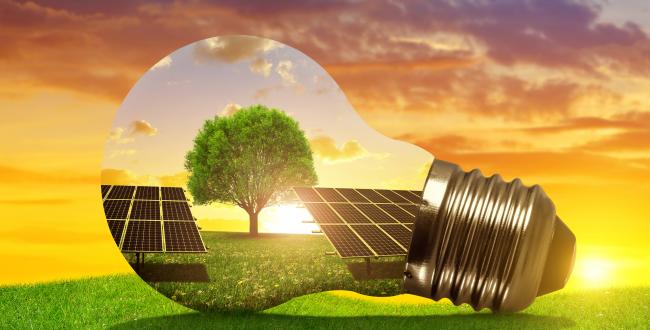TOP STORIES

Energy Storage is the way to improve our environment
Saturday,1, September
Written by: Mohammad Farid Professor of Chimical and materials Engineering (Personal Chair), University of Auckland
The growing increase in the use of energy raises a serious concern on its negative impact to our environment. This has encouraged the use of alternative renewable sources of energy. However, most of these sources of energy such as solar and wind as well as waste heat are intermittent in nature and hence require some sort of storage, which could be in the form of electricity, heat, or mechanical energy. Storage will allow energy to be captured and stored when available for later use when needed. This will reduce energy usage and hence minimise pollution caused by the extra power generation.
Peak load shifting of electricity from peak to off-peak periods using lithium ion batteries is already in practise, however the limited energy density and cost of lithium ion batteries has limited this method of energy storage and work is on-going to store energy in other forms. Storing thermal energy using what is known as “thermal battery” is another mean of energy storage. We have been working in two methods of thermal storage; utilising latent heat of materials, known as Phase Change Materials (PCM) and also capturing the heat of reaction of hydrated salts. In the first method, we have been working for more than 30 years in synthesis of PCM materials, their microencapsulation and in using them in a large number of applications varying from buildings to cold stores. We have tested these materials in office size constructions, showing that their application provided more than 15% annual saving in heating and cooling of a typical house in the city of Auckland, New Zealand. Our computer modelling for buildings using Energy Plus has shown that such benefit is not limited to Auckland weather but may include many cities worldwide.
We have also been working on energy storage using reversible chemical reactions, which provide higher energy density. When anhydrous salt react with water vapour large amount of heat is generated. However, more work is needed to develop this method before it can be widely commercialised. Salt agglomeration during hydration is a major problem associated with these materials. Another method of energy storage we have worked on recently is the compressed air energy storage in which we have used PCM to store the heat generated during compression and hence raise the efficiency of the process. In this method electricity is stored in the form of compressed air energy to be utilised later to generate mechanical energy or electricity.







